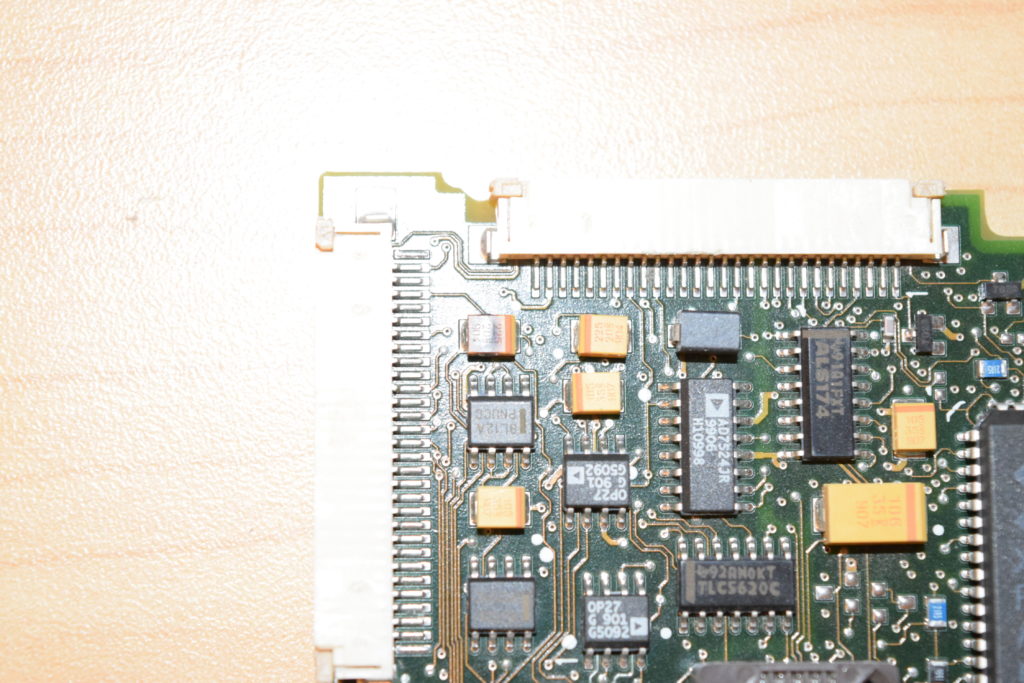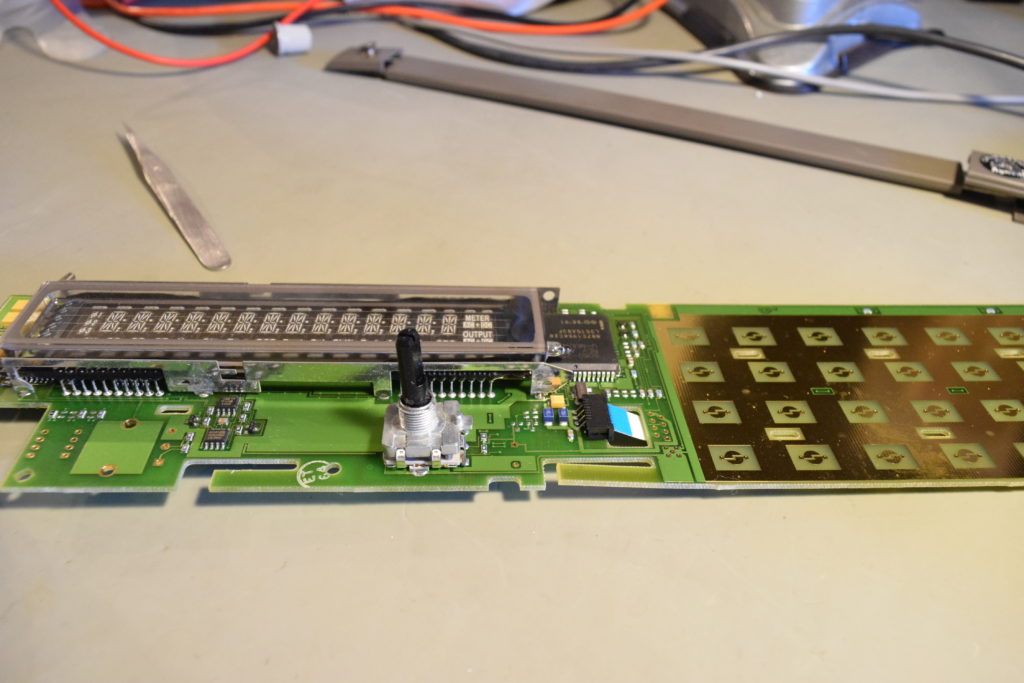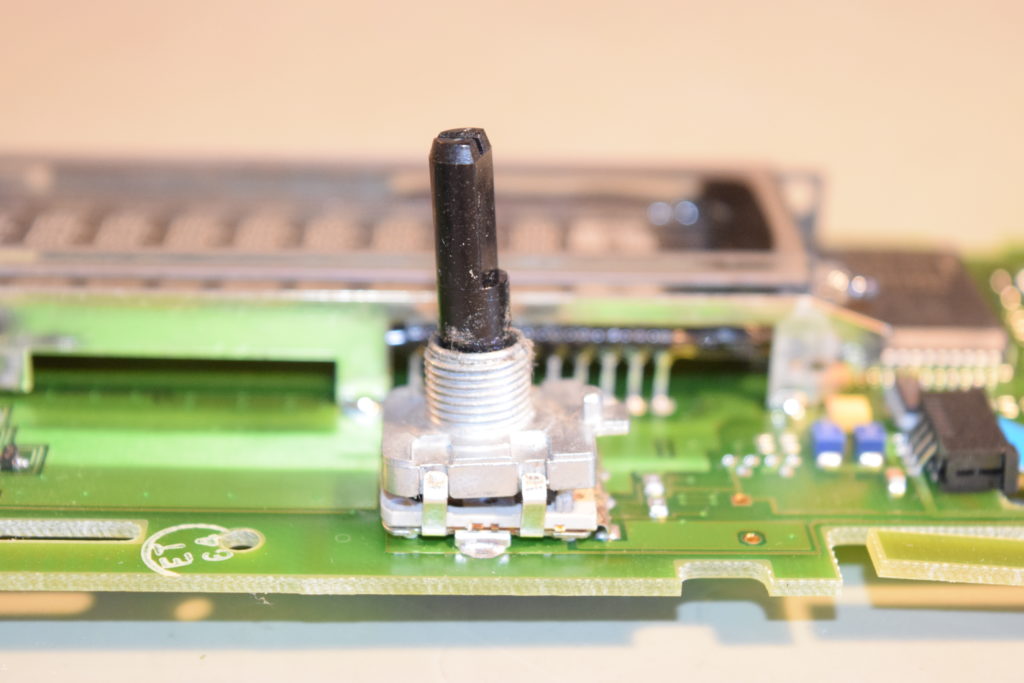Ever since I got my hands into assembling and troubleshooting PCs when I was a kid, both through my own experience and general consensus in the computer hobbyist community, CPU is almost the last thing to suspect at fault for a non-functioning computer, much less likely if:
- There are no signs physical damages (mechanical or heat stress)
- There were no shorts (burning electronic smells)
- There weren’t any extreme overclocking (at least Vcore was pumped)
- The computer used to boot, but has some random hangs
After 20+ years (and troubleshooted a few hundreds if not a couple of thousand PCs), today I encountered (actually zeroed-in that it’s the culprit) the first bad processor in my life. It was inside a M815G motherboard from a 54854A oscilloscope that I bought that wouldn’t boot into windows without random ‘file corrupted’ errors. Then after a few tries, the board wouldn’t even boot, not even any code on the POST card.
At first I suspected it’s an aging motherboard, since I checked the RAM and passes Memtest86+ on another board. It’d be either the motherboard or CPU, which I never considered it might be the CPU given how unlikely it is both by other people and myself.
I couldn’t be bothered to dig at the moment so I simply replaced the entire motherboard (with CPU and RAM installed) with another unit and confirmed that the 54854A I bought didn’t have any deeper problems. Then I put this ‘bad M815G motherboard’ on my back burner.
Today I was trying to revive a VP22 motherboard (which boots only if I apply pressure on certain areas of the PCB) that didn’t have the Fan+Heatsink+CPU+RAM. I happen to have a spare Pentium 3 and some PC-133 (SDRAM) lying around, but not the heatsink+fan, so I borrowed it from the M815G in the repair-if-I-feel-like-it pile.
The VP22 booted with pressure on the PCB (beeped, checked POST card) but I couldn’t see any display, so I thought of swapping-in the known-‘good’ CPU from the ‘faulty’ M815G to see if I had the wrong revision that the VP22 didn’t support. The VP22 used to get stuck in the boot process, but at least the POST card has a reading, this time after swapping in the CPU from the M815G, it has no POST code at all. No pulse.
I got suspicious and took the the CPU from the VP22 and put it in the ‘faulty’ M815G. Guess what? The M815G in question boots and runs fine!!! WTF! For all that time I thought my M815G has a difficult fault just because I had a marginally failing an then dead CPU, which I didn’t even consider the possibility given how unlikely the CPU is at fault.
And no, it’s not the thermal compound drying up, it’s freshly applied every time I move it to a different motherboard. The CPU was only used in M815G/VP22 which does not even have any means of overclocking. No burns or smells or physical damage, and the computer used to boot. The CPU just died of natural causes.
A black swan day!
![]()


